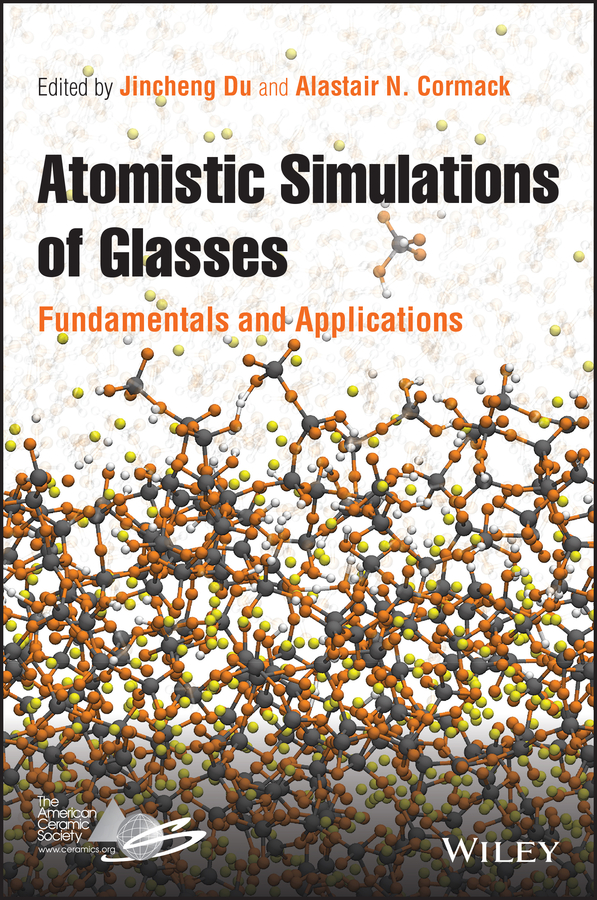<p><b>A complete reference to computer simulations of inorganic glass materials </b></p> <p>In <i>Atomistic Simulations of Glasses: Fundamentals and Applications</i>, a team of distinguished researchers and active practitioners delivers a comprehensive review of the fundamentals and practical applications of atomistic simulations of inorganic glasses. The book offers concise discussions of classical, first principles, Monte Carlo, and other simulation methods, together with structural analysis techniques and property calculation methods for the models of glass generated from these atomistic simulations, before moving on to practical examples of the application of atomistic simulations in the research of several glass systems. </p> <p>The authors describe simulations of silica, silicate, aluminosilicate, borosilicate, phosphate, halide and oxyhalide glasses with up-to-date information and explore the challenges faced by researchers when dealing with these systems. Both classical and ab initio methods are examined and comparison with experimental structural and property data provided. Simulations of glass surfaces and surface-water reactions are also covered. </p> <p><i>Atomistic Simulations of Glasses</i> includes multiple case studies and addresses a variety of applications of simulation, from elucidating the structure and properties of glasses for optical, electronic, architecture applications to high technology fields such as flat panel displays, nuclear waste disposal, and biomedicine. The book also includes: </p> <ul> <li>A thorough introduction to the fundamentals of atomistic simulations, including classical, ab initio, Reverse Monte Carlo simulation and topological constraint theory methods </li> <li>Important ingredients for simulations such as interatomic potential development, structural analysis methods, and property calculations are covered </li> <li>Comprehensive explorations of the applications of atomistic simulations in glass research, including the history of atomistic simulations of glasses </li> <li>Practical discussions of rare earth and transition metal-containing glasses, as well as halide and oxyhalide glasses </li> <li>In-depth examinations of glass surfaces and silicate glass-water interactions </li> </ul> <p>Perfect for glass, ceramic, and materials scientists and engineers, as well as physical, inorganic, and computational chemists, <i>Atomistic Simulations of Glasses: Fundamentals and Applications</i> is also an ideal resource for condensed matter and solid-state physicists, mechanical and civil engineers, and those working with bioactive glasses. Graduate students, postdocs, senior undergraduate students, and others who intend to enter the field of simulations of glasses would also find the book highly valuable. </p> <p> </p>
Chemistry, Industrial chemistry and manufacturing technologies, Mechanical engineering and materials
Atomistic Simulations of Glasses
Original price was: ₹15,640.00.₹11,730.00Current price is: ₹11,730.00.
Fundamentals and Applications
This book is currently not in stock. You are pre-ordering this book.

